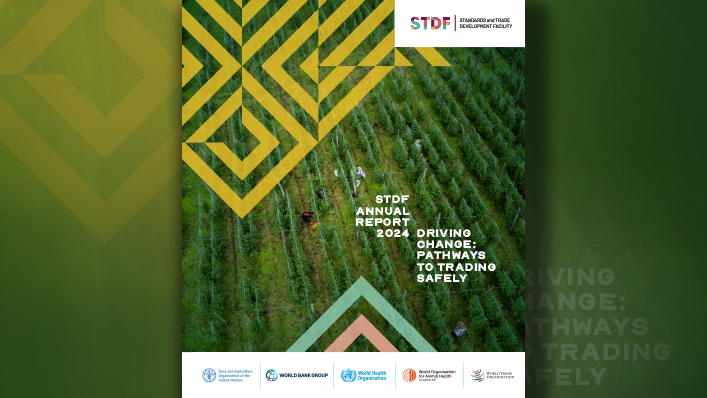
Treasury market experts say since there is ample liquidity in the short-term in the banking system, demand to draw liquidity at the VRR window is tepid
Banks are showing a distinct preference to draw permanent liquidity from the open market operation (OMO) purchase auction of government securities (G-Secs) than temporary liquidity via Variable Rate Repo (VRR) auction.
This is underscored by the fact that while they put in bids to draw funds amounting to a little over twice the amount the Reserve Bank of India (RBI) was willing to inject via OMO, the demand for funds at the 43-day Variable Rate Repo (VRR) auction was lacklustre.
Against the notified amount of ₹40,000 crore at the OMO purchase auction of G-Secs, banks tendered G-Secs aggregating ₹81,015 crore (face value). The central bank accepted bids for the notified amount, injecting ₹40,000 crore liquidity into the banking system.
However, at the 43-day VRR auction, banks sought to draw funds amounting to only ₹25,731 crore against the notified amount of ₹1.50 lakh crore. The RBI accepted bids aggregating ₹25,731 crore at a weighted average rate of 6.02 per cent.
Ample liquidity in banking
Treasury market experts say since there is ample liquidity in the short-term in the banking system, demand to draw liquidity at the VRR window is tepid. However, banks are ready to sell G-Secs at the OMO purchase auction as the liquidity injection is permanent.
V Rama Chandra Reddy, Head-Treasury, Karur Vysya Bank, said liquidity from the OMO purchase auction is one of the reasons banks’ bid well at the primary G-Sec auction, which included the Sovereign Green Bond, aggregating ₹30,000 crore today.
Madan Sabnavis, Chief Economist, Bank of Baroda noted that the financial system appears to be in an area of comfort where there is a surplus every day which has been topped by the RBI having the VRR auctions, which are not fully bid.
“A question that can be asked is should there be such auctions? Our sense is that the VRR auctions in a situation of surplus liquidity is a strong signal sent to the market that the RBI will ensure that liquidity is never an issue. That’s why the OMOs were also announced sometime back,” he said.
Meanwhile, yield of the benchmark 10-year G-Sec (6.79 per cent GS 2034) thawed about 2 basis points to close at 6.37 per cent on Thursday against previous close of 6.39 per cent amid ample liquidity and well bid primary G-Sec auction.
Nuvama Wealth, in a report, said: “The 10-year benchmark (6.79 GS 2034) opened little changed at 6.39 per cent despite a fall in treasury yields overnight (following better than expected weekly auction results).
“Yields fell quickly in the morning session and traded with a downward bias through the day – also aided by continued strength in the rupee.”
Declining bond yields
Sabnavis emphasised that what is striking about the G-Sec market is the declining bond yields.
“The 10-year yield is now about 6.38 per cent and the 6.30-6.35 per cent level will be tested. This will be the route forward as long as liquidity is in surplus.
“And why shouldn’t that be? Incremental credit tends to be negative in April and picks up normally post June,” he said.
He noted that the government cash balances are low, giving an indication that the Budget outlays will be implemented well on schedule. This gets reflected in durable liquidity too. SDF (Standing Deposit Facility) balances are close to ₹2 lakh crore indicating a comfortable phase for the market.
Published on April 17, 2025









